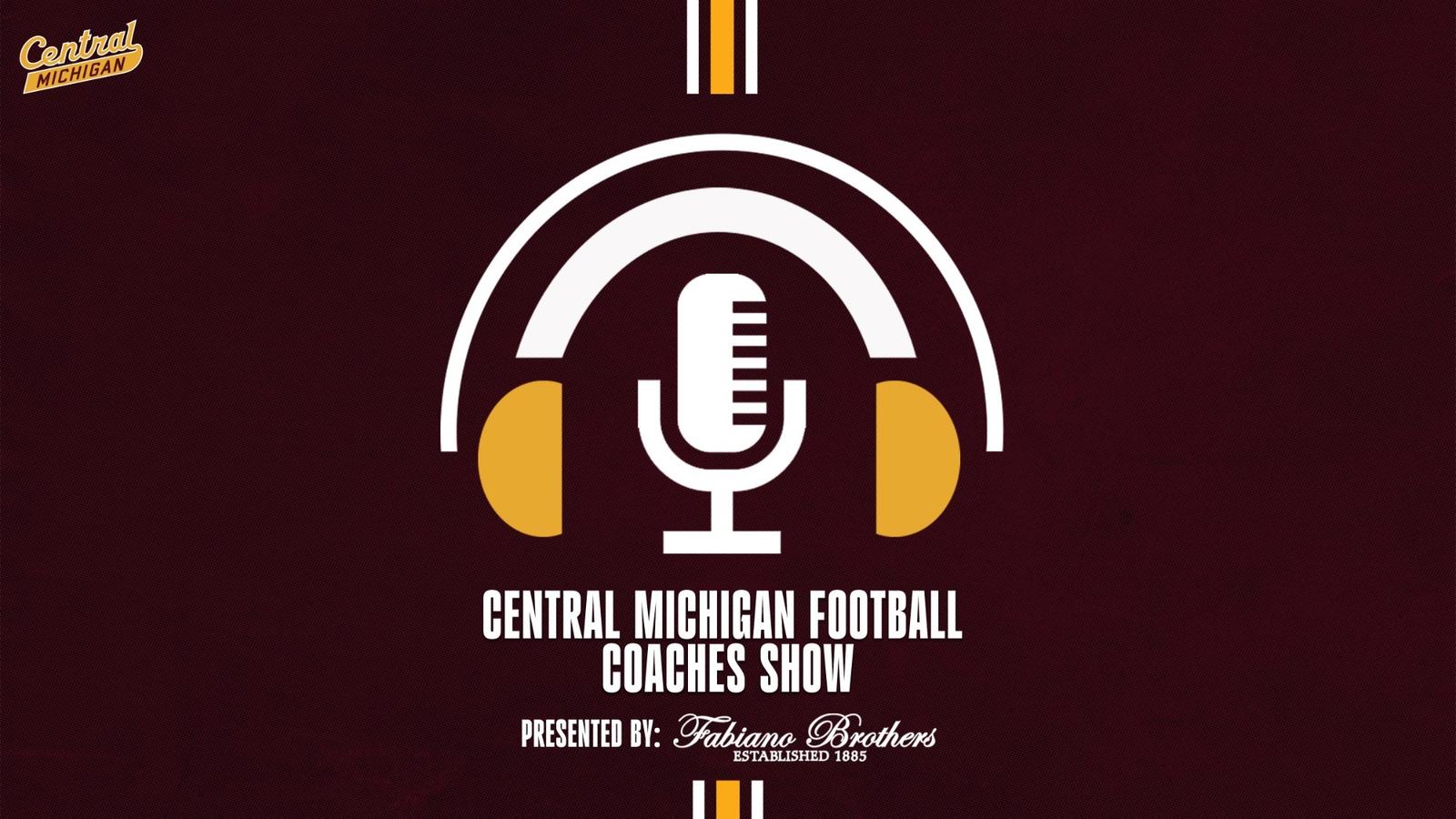- Inside The Numbers: Panthers vs. Saints in Week 10 Panthers.com
- Panthers play out of tune and stumble in 17-7 loss to Saints The Charlotte Post
- Tyler Shough joins small list of rookie QBs with first NFL win against Panthers WCNC
- 2 winners (and 5…
Author: admin
-

Inside The Numbers: Panthers vs. Saints in Week 10 – Panthers.com
-

Genetic and cellular mechanisms underlying steatotic liver disease
Steatotic liver disease (SLD), mainly encompassing metabolic dysfunction-associated steatotic liver disease (MASLD), alcohol-related liver disease (ALD), and metabolic dysfunction and ALD (MetALD), has emerged as the dominant…
Continue Reading
-

Central Michigan Football Coaches Show No. 10 Set for Tonight at Soaring Eagle Casino
MOUNT PLEASANT, Mich.—Fans get an inside look at the Central Michigan football program as CMU Athletics and the CMU Chippewas Sports Network will host the 10th weekly Central Michigan Football Coaches Show, presented by Fabiano Brothers tonight…Continue Reading
-

Exclusive: Dana Awartani to represent Saudi Arabia at Venice Biennale 2026 – The Art Newspaper
The artist Dana Awartani will represent Saudi Arabia at next year’s Venice Biennale, with Antonia Carver as the curator and Hafsa Alkhudairi as the assistant curator, it has been revealed.
Awartani is a leading figure within the current…
Continue Reading
-

Apple Earnings, Siri White-Labels Gemini, Short-Term Gains and Long-Term Risk – Stratechery by Ben Thompson
Apple is already benefitting from AI via the App Store. Meanwhile, Siri will white-label Gemini; the long-term implications are significant.

Sky Italy’s Roberto Pisoni Joins Expanding I Wonder Pictures
Sky Italy entertainment channels senior director Roberto Pisoni has stepped down from his role at the Comcast-owned pay-TV service. Pisoni is joining Italy’s expanding I Wonder Pictures, which is ramping up its production side and…
Continue Reading

My first girlfriend is now a part of my family. It’s going to send women running.
Care and Feeding is Slate’s parenting advice column. Have a question for Care and Feeding? Submit it here.
Dear Care and Feeding,
“Tara” was my first girlfriend from eighth grade until we graduated. Her home life was…
Continue Reading
Access Denied
Access Denied
You don’t have permission to access “http://cricket.one/match-hub/3-major-batting-records-that-babar-azam-can-achieve-in-pakistan-vs-sri-lanka-odi-series/6911c5b039a217ec3c75843f” on this server.
Reference…
Continue Reading
Ten charts on global energy and emissions trends since Paris treaty – Reuters
- Ten charts on global energy and emissions trends since Paris treaty Reuters
- 10 years on: Why some companies have managed to deliver on climate The World Economic Forum
- Opinion | How Cop30 can advance a new template for South-South climate…
Continue Reading
Progress in compact laser technology can enhance industrial emissions monitoring – Envirotech Online
- Progress in compact laser technology can enhance industrial emissions monitoring Envirotech Online
- Tiny laser could transform medicine and quantum science ScienceDaily
- How a Palm-Sized Laser Could Change Medicine and Manufacturing SciTechDaily
Continue Reading